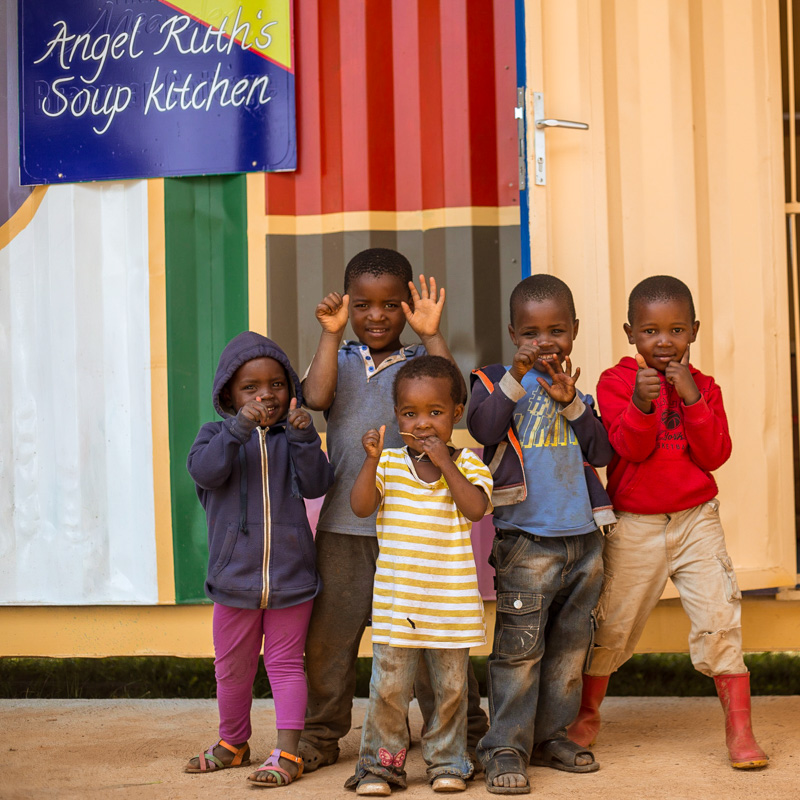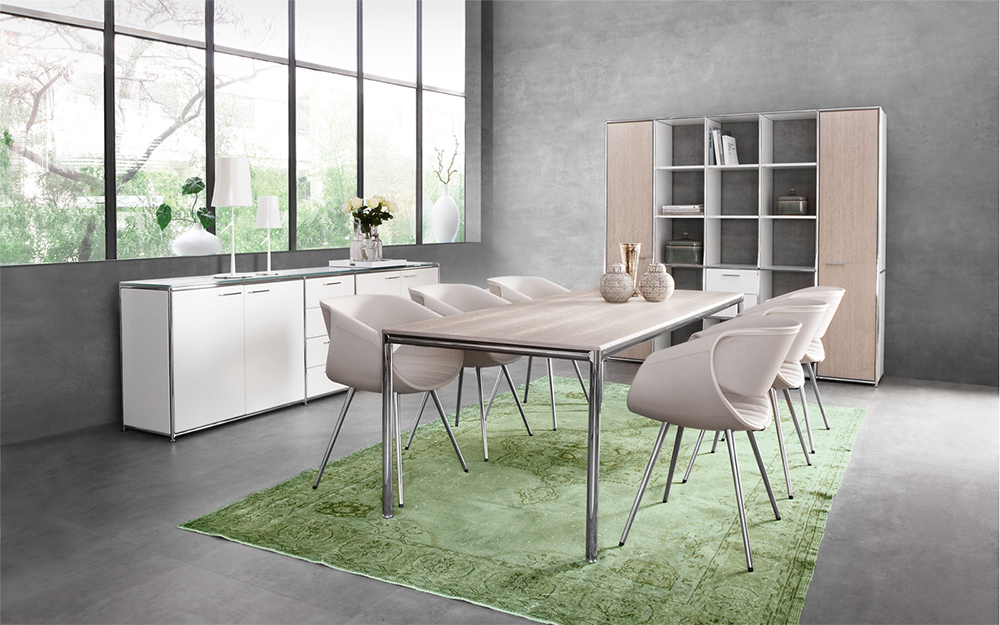Breeding Wakefulness in the Inner Space - a journey through the chakras this summer
Spring and Summer bring a natural warmth and lightness to the body and mind, with increased energy as we savor the longer warmer days. Can we enhance this feeling with our yoga practice to arrive attentively in a state of happiness more often? Happiness is a quality of being not of doing. How do we arrive at this “beingness”?
Connect to what is - connect to the breath, through compassion for yourself and then for others, which arises naturally out of this space of balance. Whether we are experiencing suffering, emptiness, fullness or any other sensation, we stay connected to this experience, fully present. We are not a problem to fix, we are simply creating space for what arises. Presence is more important than survival. In Presence, there is no flight, fright or fleeing response arising, there is awareness.
Awareness has no agenda and doesn’t need this issue to change. There is mindfulness.
Mindfulness leads to new learning - since attention shapes neural circuits - and draws upon past learning to develop a steadier and more concentrated awareness. What happens in your mind changes your brain, both temporarily and in lasting ways; neurons that fire together wire together. And what happens in your brain changes your mind, since the brain and mind are a single, integrated system. An awakening mind means an awakening brain. Therefore you can use your mind to change your brain to benefit your mind - and everyone else whose life you touch, slowly revealing powerful ways to have more happiness, love, and wisdom.
Small positive actions everyday will add up to large changes over time, as you gradually build new neural structures. To keep at it, you need to be on your own side - self-compassion.
A worthy exercise: you were once a child, just as worthy of care as any other. Can you see yourself as a child? Wouldn’t you wish the best for that little person? The same is true today: you are a human being like any other - and just as deserving of happiness, love, and wisdom. Apply this practice.
(Part Extracts from Buddha’s Brain, Rick Hanson)
Arriving in this space of acceptance - awareness - mindfulness - compassion - love and happiness, we may need some tools to guide us on this path. We will devote the next two months of our practice to exploring the Chakras.
The Chakras - even with many varied explanations of how many, what, where and how the Chakras effect us and work in us, what we can establish from various wisdom schools, is that the Chakras are a part of a higher energy system than the physical body (they are not tangible or palpable like organs, tissues, and bones), and offer an integration of the entire being, physically, mentally, emotionally, and spiritually. This is theory, so how do we gain a clearer picture for ourselves about how balanced chakras effect our well being? Through our yoga practice...
A clearly outlined sequence of poses can offer us a tangible internal working system which, when practiced with awareness, can help us to unfold within ourselves a feeling of a clear flowing pranic path where the Chakras are located, giving us an “image” of how this free flowing system works in us. When working with asanas, we can explore deeper qualities of self-awareness that embody a more multidimensional self-understanding, and thus a deeper understanding and acceptance of all beings.
We will follow the path of the chakras from the root to the crown, in a seven-stage practice, which is a common referred to number of chakras along the central channel. Each practice focuses on one chakra, so that we can focus our attention in one place at a time, and use specific poses for the balancing of that particular chakra.
Our starting point - Muladhara Chakra - mul, meaning “base”, and adhara, “support”, symbolizes our present psychic condition, bound as we are in normal consciousness to the physical body and intertwined in the web of earthly forces. Commonly described as being located at the base of the pelvis, Muladhara is associated with the earth element and the grounding aspects of life.
Out of balance: lacking grounding, or so rigid as to lack mobility, or lacking resilience in navigating the evolving path of life, feeling out of control, insecure, irresponsible, caught up in money matters.
A balanced state: grounded, clear in life decisions, moving with ease through life.
Finding balance through our practice: establish a sense of grounding through the feet, legs, pelvis and hara, as well as moving towards stillness in sitting forward bends, lying and sitting. This process can be deepened with a focused pranayama practice, eg. Breath retention (khumbhaka).
Svadhisthana Chakra - sva, meaning “self”, and adhisthana, “dwelling place”, symbolizes the core feelings we have around our likes and dislikes, reflecting what we gravitate toward or resist in our lives. Located just above Muladhara, it is associated with the water element, and reflects the shifting tides of attraction and repulsion, and is connected to the reproductive organs and sexuality.
A balanced state: creatively expressing ourselves more easily in the world of relationships in a way that helps to sustain our contentment.
Out of balance: addiction, compulsive, lacking desire, difficulty sustaining relationships.
Finding balance through our practice: first recognizing the behavioral and emotional patterns that drive our lives around matters of sensuality, sexuality, creativity, and relationship. Holding this awareness, we can move through the yoga practice focusing on embodying ease, joy and playfulness in the practice, as we develop the practice from Muladhara.
Manipura Charkra - mani, meaning “gems”, and pura, “town, or city of jewels”, symbolizes the qualities that affect how we manifest ourselves in the world. Located at the navel (or just below it), Manipura is associated with the fire element and it is how we stoke our inner fire and thereby glow in the world.
Out of balance: when too strong, domineering, insensitive to other’s needs, arrogant, unharmonious relationships. When too weak, fading from action, difficulty in decision making, prone to self-destructive behavior, constantly questioning ourselves arriving in uncertainty and non-action.
A balanced state: more easily arrive in balance when the first two chakras are balanced. Finding the courage to face difficult circumstances with a sense of openness and curiosity, the intensity to stay with challenges, and a balance of confidence and humility that enables us to more instinctively establish respectful and comfortable relationships, with less aggressivety and less force. Emotionally balanced state in the face of complexity, being stronger yet softer.
Finding balance through our practice: Developing further our sequence from the root, to include core awakening asanas as well as a pranayama practice to drop the attention directly to Manipura, while maintaining a strong light base.
Anahatha Chakra - Anahatha, meaning “unstruck sound”, symbolizes awareness and manifestation of love. Located at the heart centre, Anahatha, is associated with the air element, and is about the heart of our feelings. We tune in to the very pulse of life, and this can only happen effectively when there is balance in the first three chakras, so we can more easily arrive at balance in the emotional connection. From here, we can open to higher consciousness that naturally manifests when compassion, joy, and love are fully part of our life. From a balanced state, we can go beyond love as a purely personal emotional state, to embodying love as a more universal state.
Finding balance in our practice: delving into backbends, and combining this with Viloma pranayama and antara kumbhaka (retention at the end of the inhale) in yin poses, to deepen our experience of the opening heart space, while staying grounded and light.
Vishuddha Chakra - vishuddha, meaning “pure, clear or virtuous”, symbolizes purity and harmony in the entirety of one’s being. Located at the throat, this chakra represents the element of ether or space that hosts the other four elements. When the lower chakras are balanced and the Anahatha chakra awakened, we find greater ease in every aspect of balance in our lives. With wisdom rising from the heart, we more easily know and share the truth as we experience it. Communication is clearer.
Finding balance in our practice: blending into the practices from above, we invert the body to bring some pressure to the throat and neck area, to draw awareness there, plus being curious about Simhasana (Lion’s breath pose), and viloma pranayama with Bahya kumbhaka (retention of the exhalation).
Ajna Chakra - ajna, meaning, “command” or “authority”, symbolizes the overarching intelligence and wisdom that brings all of the other chakras to life and balance. We open ourselves to a more balanced awareness of one’s being in the universe - the oneness of everything.
Finding balance in our practice: meditation. Sitting and being absorbed. “Seeing” through the third eye, we witness our life and world as though transcending time and space.
Sahasrara Chakra - sahasrara, meaning “thousand petals”, symbolizes the full manifestation of enlightened awareness. The number one thousand is given to signify the infinite; beyond the elements, it is said to be the set of the soul, representing the abiding quality of consciousness that pervades the universe. We arrive in balance, to a space of integrated blissful being, wholly at peace and at one in the world.
(Extracts from Mark Stevens, Yoga Sequencing)
The practice: bringing it all together, on and off the yoga mat. There is no separation between what we practice on the mat, and off it - Wakefulness in the Inner Space.
Om Shanti Shanti Shanti





